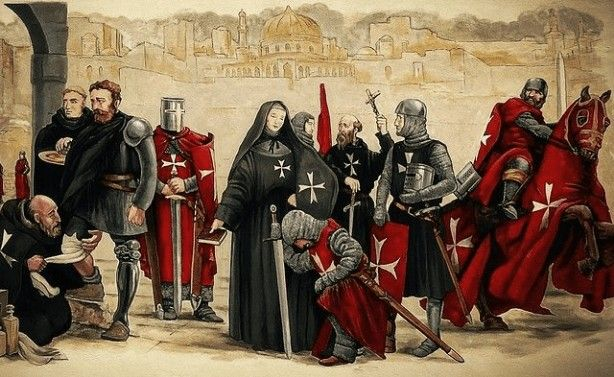Create Your Own Medieval Roleplaying Character: From Head to Toe
Whether you're attending a medieval fair, a live-action role-playing event (LARP), or just want to immerse yourself in epic fantasy, creating your own medieval character is an exciting experience. In this post, we'll guide you step-by-step through building a unique and authentic character, from their backstory to their clothing and accessories.
Check out our Softcombat articles
1. Start with the Character's Story
Before you get dressed, imagine who you are in this medieval world :
-
Are you an exiled knight? A forest sorceress? A traveling merchant?
-
What region are you from?
-
What are your motivations? Are you seeking redemption, power, gold, revenge?
-
Do you have any symbol or family heritage that defines you?
📝 Tip : Writing a paragraph about your character can help define their style and outfit.
2. Choose your Race and Class (Optional for Fantasy)
If your medieval world has fantasy elements, you can choose:
-
Race : Human, elf, dwarf, orc, etc.
-
Class or Role :
-
Warrior / Knight
-
Archer / Scout
-
Sorcerer / Alchemist
-
Cleric / Monk
-
Thief / Mercenary
-
Lady / Noble / Court Magician
-
3. Head and Face: The First Impact
-
Hats / Hoods / Headbands : From leather hoods to elven crowns or headbands.
-
Makeup and face paint : Ideal for magical or barbarian characters.
-
Masks or masks : They add mystery or a ritualistic touch.
-
Hairstyles : Braids, loose or up-do hair depending on the character.
4. Torso and Main Clothing
Clothing defines your social class and occupation:
-
Noble robes : long tunics, velvet, embroidery and bright colors.
-
Peasants and travelers : linen, cotton, earthy tones, simple fabrics.
-
Warriors : padded doublets, leather or metal armor.
-
Mystics and druids : robes, cloaks with symbols, natural fabrics.
🎯 Authenticity Tip : Avoid visible zippers or modern fabrics.
5. Layer, Layers and More Layers
The medieval cloak is not just aesthetic: it conveys authority, elegance or mystery.
-
Long wool or velvet capes for nobles.
-
Hooded cape for mysterious characters or travelers.
-
Leather or skins for barbarians, hunters or rough characters.
6. Hands and Details
-
Leather gloves for knights or assassins.
-
Magical or heraldic rings .
-
Bracelets, bandages or tattoos for sorcerers, Vikings or clans.
7. Legs and Footwear
-
Tight-fitting linen or wool trousers with straps or bands.
-
High or low leather boots , depending on the terrain or social class.
-
Leggings or greaves if you wear armor or are looking for a more warlike style.
8. Weapons and Accessories
They are not just for combat, they also tell stories:
-
Swords, daggers or bows depending on your class.
-
Leather bags, belts with pouches, drinking horns .
-
Magical books, jars, pendants, grimoires, ancient maps .
🧪 Bonus : Create your own “potion” bottles with recycled bottles.
9. Attitude and Role
The best part: living the character . He walks, talks, and acts like him:
-
Use old or formal phrases.
-
Adopt an upright posture if you are noble, or a hunched posture if you are a beggar or a wise man.
-
Greet, challenge, or negotiate with others from your role.
And you, who will you be in your next medieval adventure?









